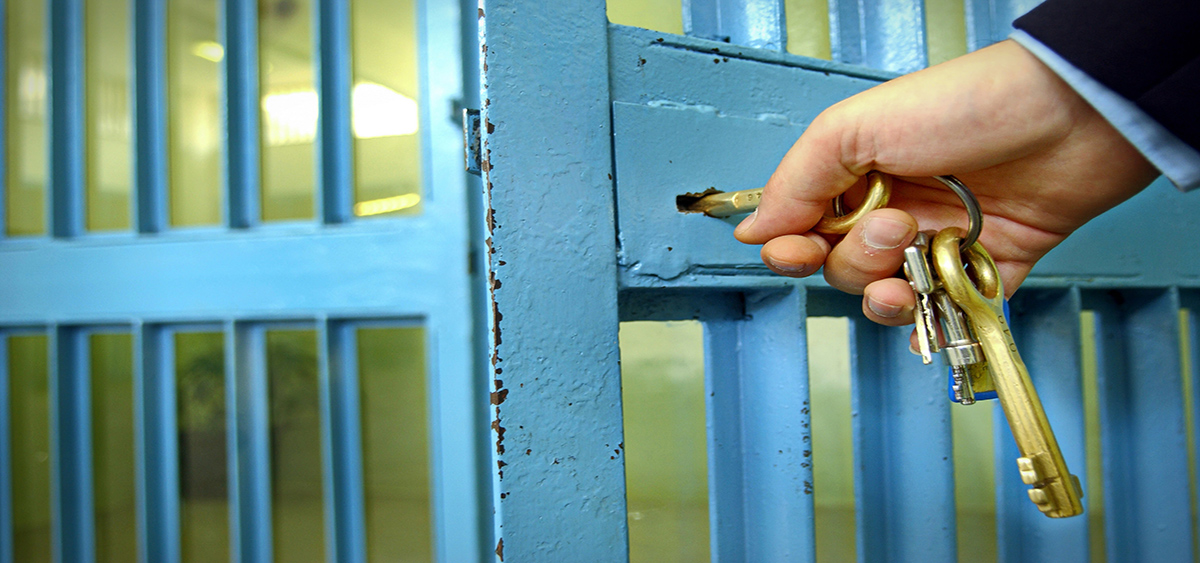The Supreme Court of Canada has ruled on the Alexandre Bissonnette case: a sentence of life in prison with no chance of parole is “incompatible with human dignity”. Bissonnette, who killed six people in a Quebec City Mosque, could therefore — in theory — be released on parole 25 years after the start of his prison sentence. But how will things unfold once those 25 years have passed?

It’s up to the Parole Board
The Parole Board of Canada will hold a hearing to decide whether (or not) to grant release on parole. In other words, the Board must decide if Bissonnette will be allowed to complete the rest of his sentence outside of prison, under certain conditions imposed by the Board. The objective of parole is to reintegrate the offender into society. Before granting parole, the Board must be satisfied that the offender will not present an undue risk to society.
The Board considers the seriousness of the crime committed and any other relevant information. This can include the recommendations of the judge who sentenced the offender, police notes, professional evaluations of the risk of reoffending, and the behaviour of the offender while in prison. The Board will also consider the offender’s release plan and community support available. Statements by victims about harm they suffered, or other concerns they may have, are also considered.
If the Board refuses to grant parole, it must carry out a new evaluation within five years. The offender can request a new evaluation before that but must wait until at least a year after the refusal.
What conditions must the offender respect?
If the Board grants parole, it automatically imposes certain conditions on the offender. For example, they must have regular follow-up meetings with a parole officer. This is a person who must ensure that the offender respects their release conditions. The offender cannot own a weapon nor leave Canada.
The Board can impose additional conditions to protect victims and help the offender reintegrate into society. For example, the Board can forbid the offender to go to certain places, communicate with certain people or consume alcohol or drugs.
If the Board judges that greater supervision is necessary, it can order the offender to live in a community-based residential facility (half-way house) and follow the rules of that residence.
What if the offender violates conditions?
The Board can suspend the parole of an offender who violates any of the conditions imposed. The Board can also do so if it has reasons to believe the offender will fail to respect a condition.
If parole is suspended, an arrest warrant is issued. The offender can then be arrested and returned to prison. The Board must then revaluate the situation and decide if the parole is canceled or if the suspension should be ended and the offender released again.
In the case of Alexandre Bissonnette, or any other person found guilty of murder, the sentence is life in prison. The Board can therefore impose conditions on Mr. Bissonnette for his entire life.





